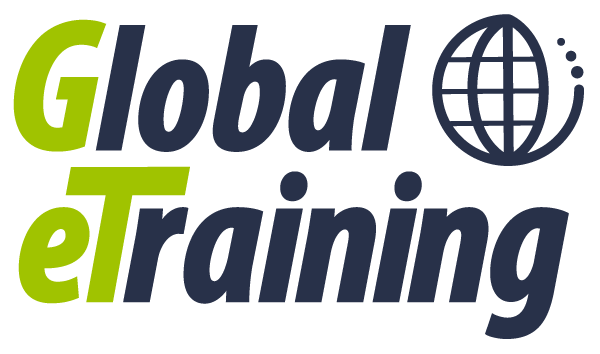Blended learning accelerates the learning process because the students have a resource at home. With blended learning... It’s a win-win.
With more and more students from K-12 and post-secondary using online learning resources, there’s no question that it’s here to stay. A lot of questions do remain about how well it works, however; and only real-world experience can truly answer that.
Digital School, a licensed technical design college in Edmonton, Alberta, Canada, has been training drafters since before there was CAD. With decades of experience in the traditional classroom approach to teaching software skills, Digital School’s faculty embraced the blended learning experience of using both online resources and in-class, in-person instruction. Using Global eTraining’s GeT Interactive Complete Guide Autodesk software courses, they found the enhancements made them better, more effective classroom instructors, and made their students better prepared for the real world.
Head Instructor Dr. Muhib Rahmatalla (AutoCAD, Revit MEP) notes that, “Blended learning accelerates the learning process because the students have a resource at home.” Revit Architecture instructor Brandon Heurter agrees: “It’s great that they have a number of resources—text, audio, video, exercises… and everyone can go at their own pace.”
The key to the blended learning strategy is not simply reliance on the online component to replace the classroom, although online education is growing both in quality and acceptance every year. In a 2012 survey of academic leaders, 65 per cent reported online learning as critical to their
school’s long-term strategy and 77 per cent reported learning outcomes to be at least the same, somewhat superior, or superior to face-to-face instruction.
Blended learning means combining the two approaches to enable students to get the best from each. “The flipped classroom” is a popular phrase these days, and it means that rather than giving the students lectures in class, then assigning homework for them to practice on their own, then come back to class to see how they did; the lesson plans now involve asking the students to work on the online courses on their own, and then come
to class with their questions.
The instructors at Digital School appreciate how this approach frees them to go deeper than they could before. “Students who don’t have any kind of engineering or mechanical background can now get the basics of those things from me in the class, and then apply them with the software.” says Dr. Rahmatalla. “Before, we wouldn’t have had the time for both, because too much of the class time would have been used simply teaching the basics of the software.”
Which is not to say courses like GeT Interactive’s Complete Guides only cover the basics. As Global eTraining CEO Susan Brattberg points out, “The courses are truly complete, covering all the elements of the Autodesk Professional Certification exams. But they also start from the very beginning, teaching people new to the software the fundamentals of things like the user interface.
“The advantage lies in how the courses are self-paced. If someone does have some experience in the software, or even similar software, and they are able to move through the early lessons and exercises more quickly, there’s no reason for them not to. The class isn’t what sets the pace. They are.”
Brandon Heurter concurs. “The faster students can move ahead on their own, and the students who need more time can come to me in class with questions, as well as working through the lessons on their own, either by taking more time with them, or going through them more than once. With the progress tests at the end of each lesson, and the many hands-on exercises, they have a pretty good idea of when they’ve grasped a topic. And I can always see how they are progressing through the learning management system, as well. No one is going to float along in my class and not learn because they’re too shy to ask for help, that’s for sure. It’s always there for me.
“With the blended learning approach, and the GeT Interactive courses, I’m able to make sure everyone in my class is getting both the software skills they need, as well as the practical, real-world applications they’re going to see once they leave the classroom that I can bring to them from my experience.
It’s a win-win.”


